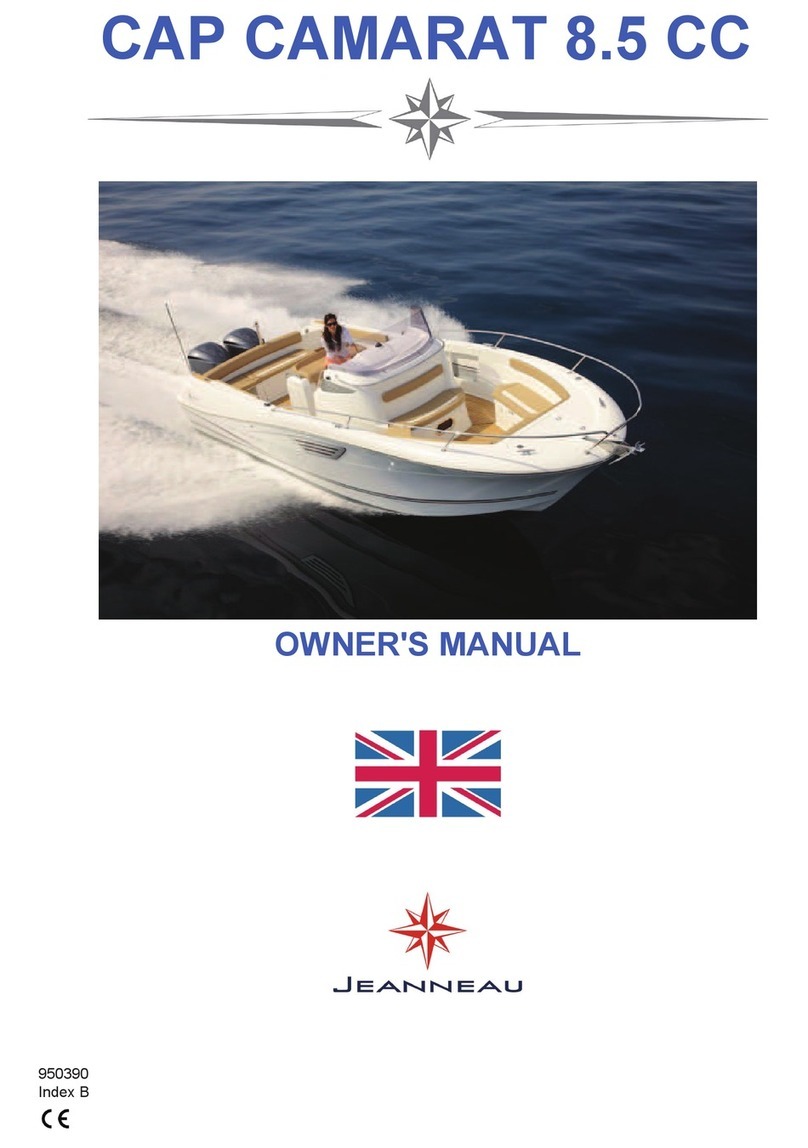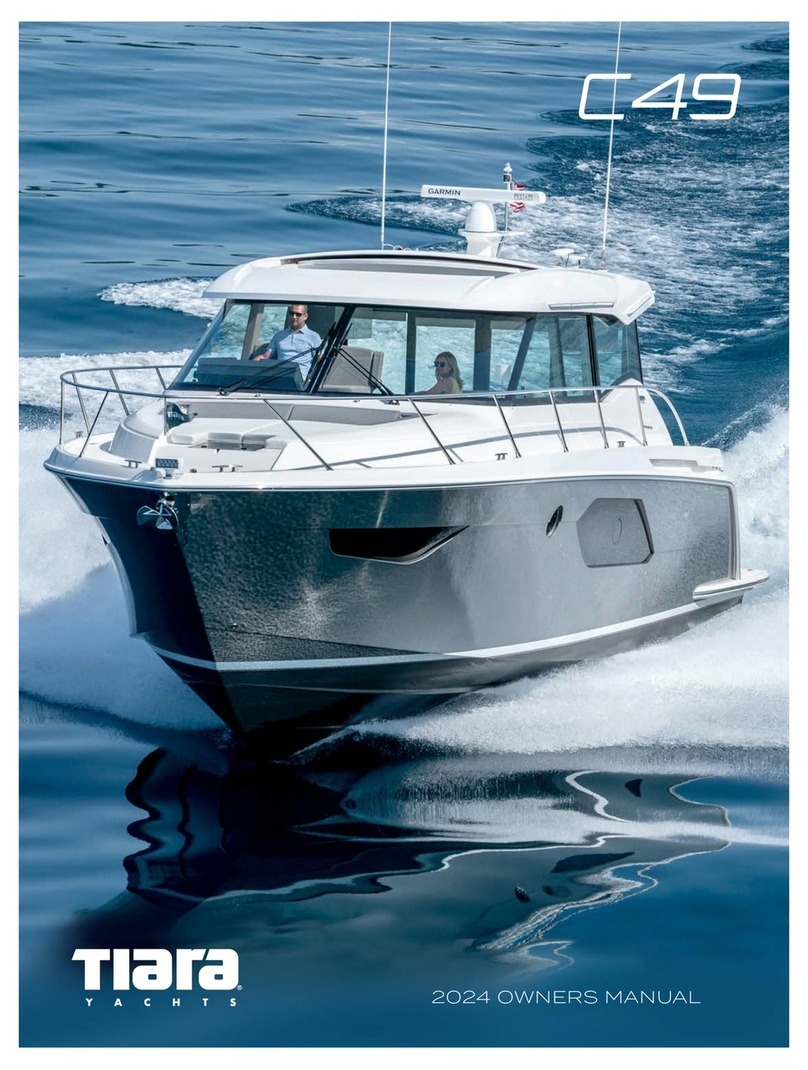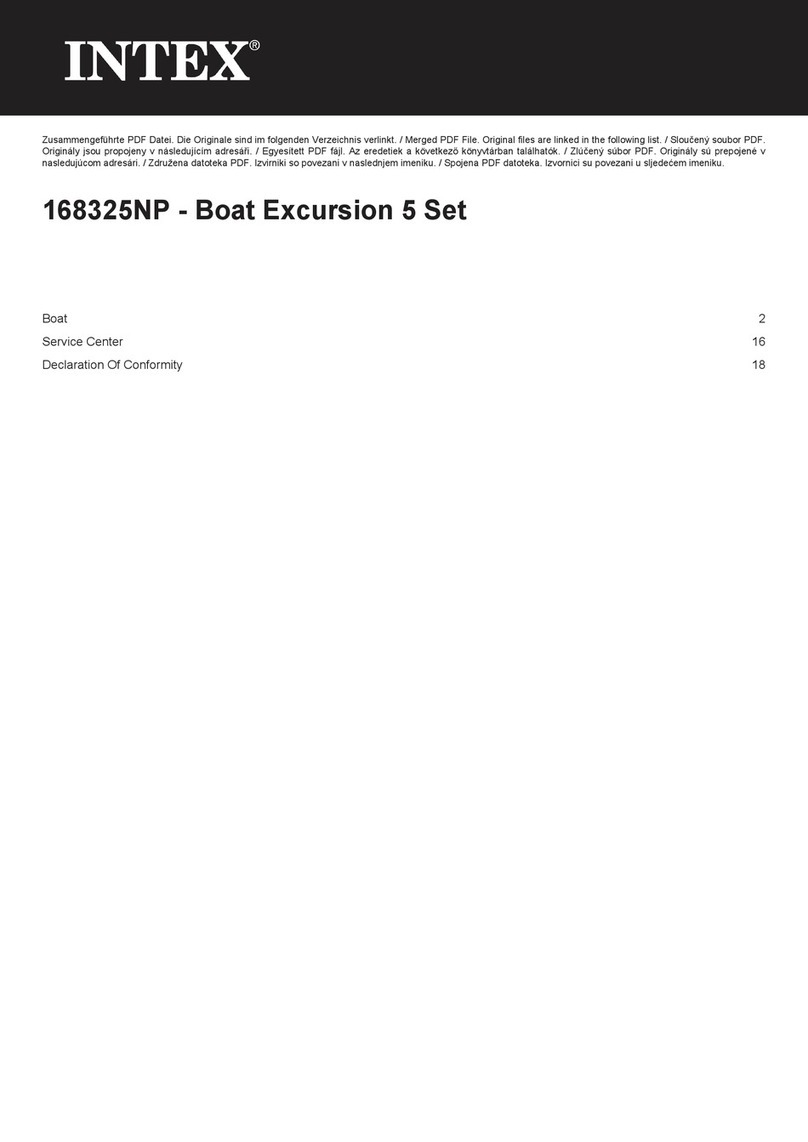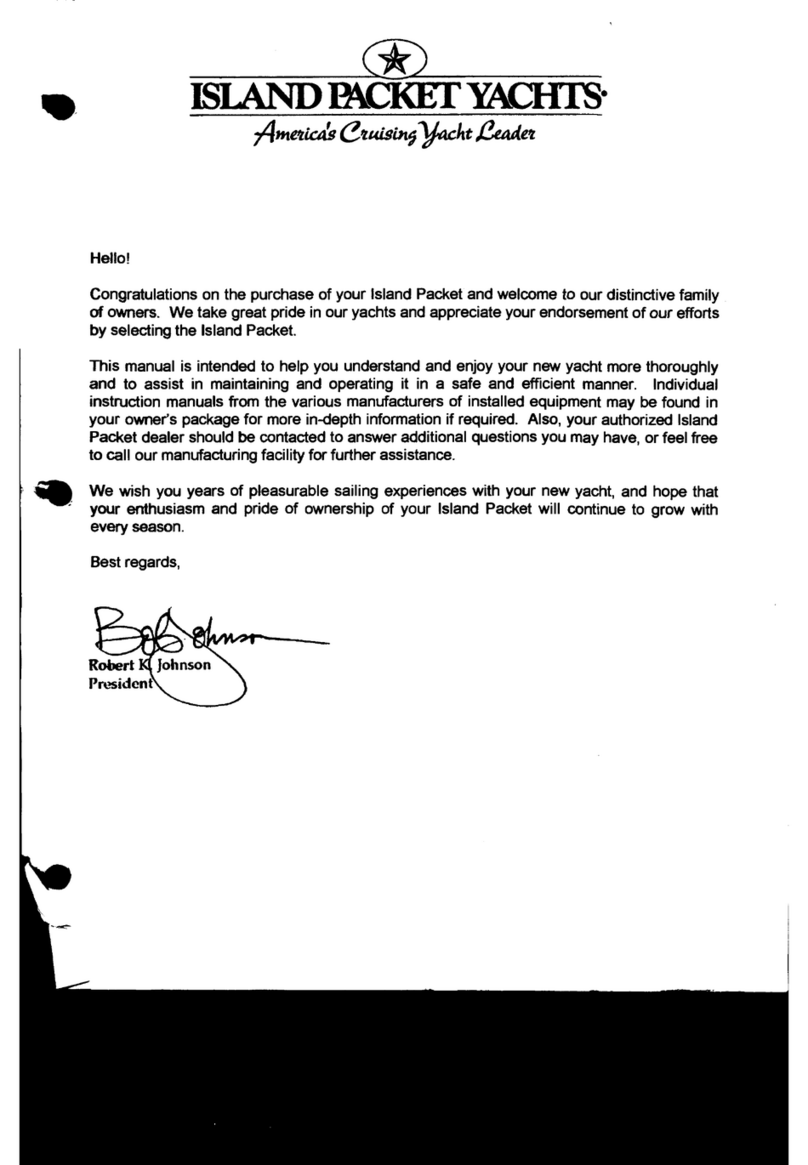
J/133 OWNER GUIDE 3
Table of Contents
Introduction........................................................................................................................................................................4
Specifications....................................................................................................................................................................5
Important Contacts...........................................................................................................................................................6
Commissioning Checklist ...............................................................................................................................................7
Getting Started With Your J/133 .....................................................................................................................................8
Diagrams, Layouts, & Schematics...............................................................................................................................12
Deck Hardware Layout.................................................................................................................................................12
Mainsheet & Traveler Diagram.....................................................................................................................................13
Halyard Layout..............................................................................................................................................................14
Reefing System Diagram..............................................................................................................................................15
Steering System............................................................................................................................................................16
Engine & Exhaust System Layout................................................................................................................................17
Fuel System Layout......................................................................................................................................................18
Thru-Hull Locations.......................................................................................................................................................19
Fresh Water System Layout.........................................................................................................................................20
Head & Holding Tank Schematic..................................................................................................................................21
MainAC/DC Distribution Panel ....................................................................................................................................22
DC Component Layout.................................................................................................................................................23
DC Wiring Schematic....................................................................................................................................................24
DC Link 2000 Meter Charging System........................................................................................................................25
DC Charging System (w/optional inverter) ..................................................................................................................26
AC Component Layout & Schematic...........................................................................................................................27
AC Schematic with Optional Inverter...........................................................................................................................28
Propane System Layout ...............................................................................................................................................29
Bonding System............................................................................................................................................................30
Tuning The Rig................................................................................................................................................................31
Engine System ................................................................................................................................................................32
Sail Drive........................................................................................................................................................................32
Fuel System...................................................................................................................................................................32
Engine Cooling System ................................................................................................................................................32
Exhaust System............................................................................................................................................................33
Engine Safety Precautions...........................................................................................................................................33
Fueling...........................................................................................................................................................................34
Engine Maintenance.....................................................................................................................................................35
Plumbing Systems..........................................................................................................................................................36
Fresh Water System.....................................................................................................................................................36
Thru-Hulls......................................................................................................................................................................36
Pump Systems..............................................................................................................................................................36
Head System.................................................................................................................................................................37
Electrical System ............................................................................................................................................................37
DC Electrical System ....................................................................................................................................................37
110 VAC Shorepower System......................................................................................................................................38
Galley Stove LPG System..............................................................................................................................................39
Safety................................................................................................................................................................................40
Maintenance Tips............................................................................................................................................................41
Annual Maintenance Checklist.....................................................................................................................................43
Storage Tips.....................................................................................................................................................................44
TPI Composites Limited Warranty.............................................................See Warranty Package Included with Boat





























